Dragonfly Head-Arresting System
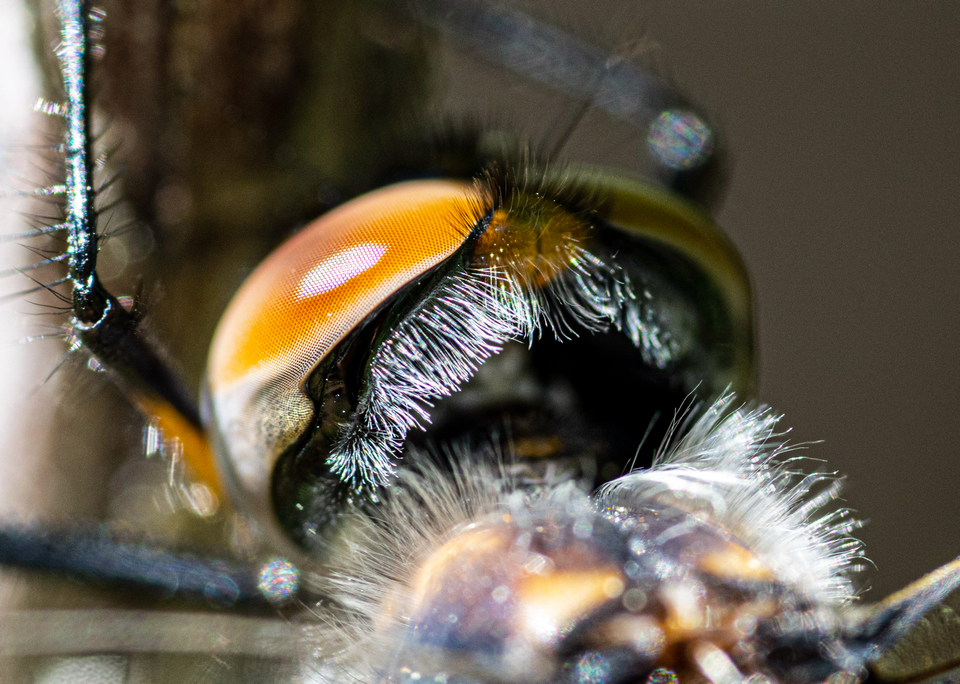
The next time you see a dragonfly, notice how it constantly pivots its head back and forth as it looks for prey. Dragonflies have skinny necks, which lets them turn their heads in all directions, but it also creates a potentially disastrous problem—small necks have little mechanical strength so a dragonfly's head can be easily detached from its body!
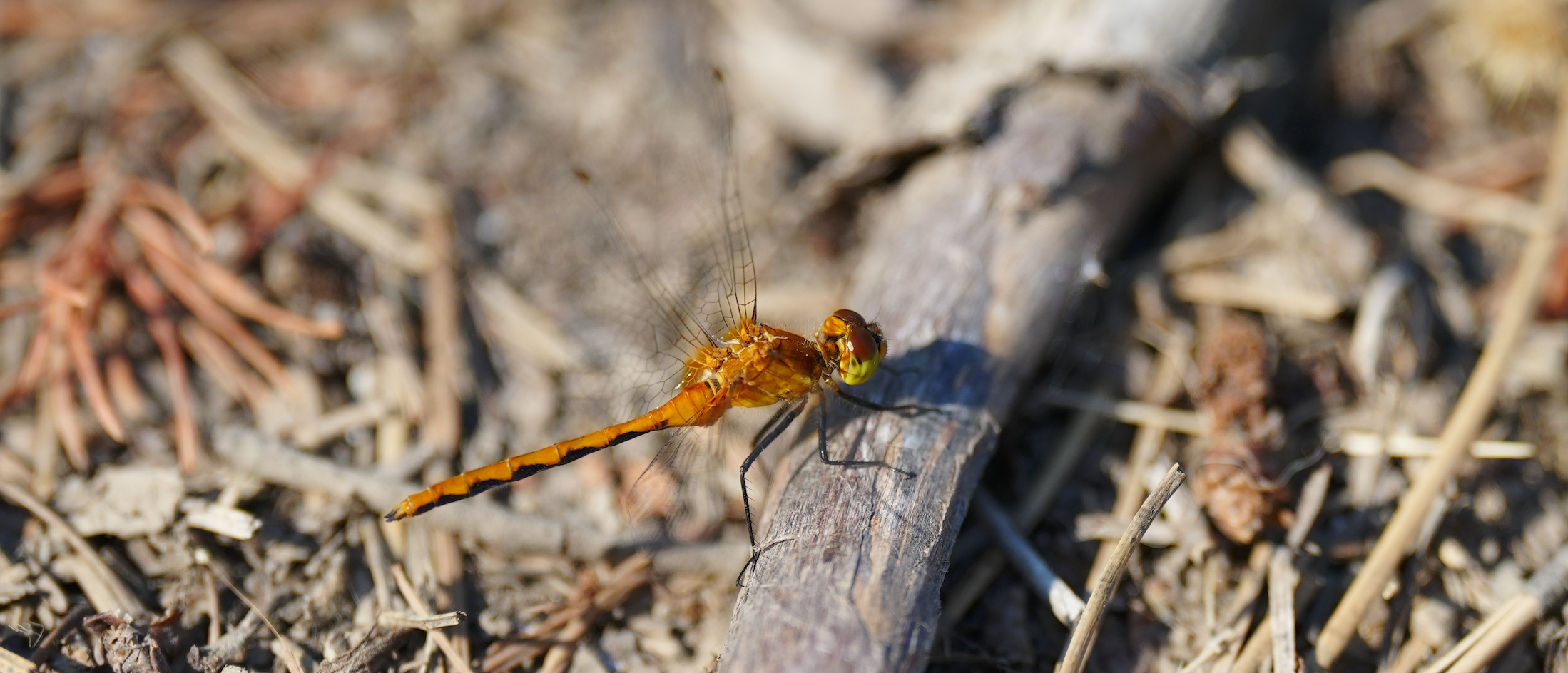
As you can imagine, this is an urgent issue that dragonflies must solve, and the solution they've found is unique in the animal kingdom.


Not only do dragonflies rotate their heads while looking for prey, but they also swivel their heads as part of how they navigate in flight.
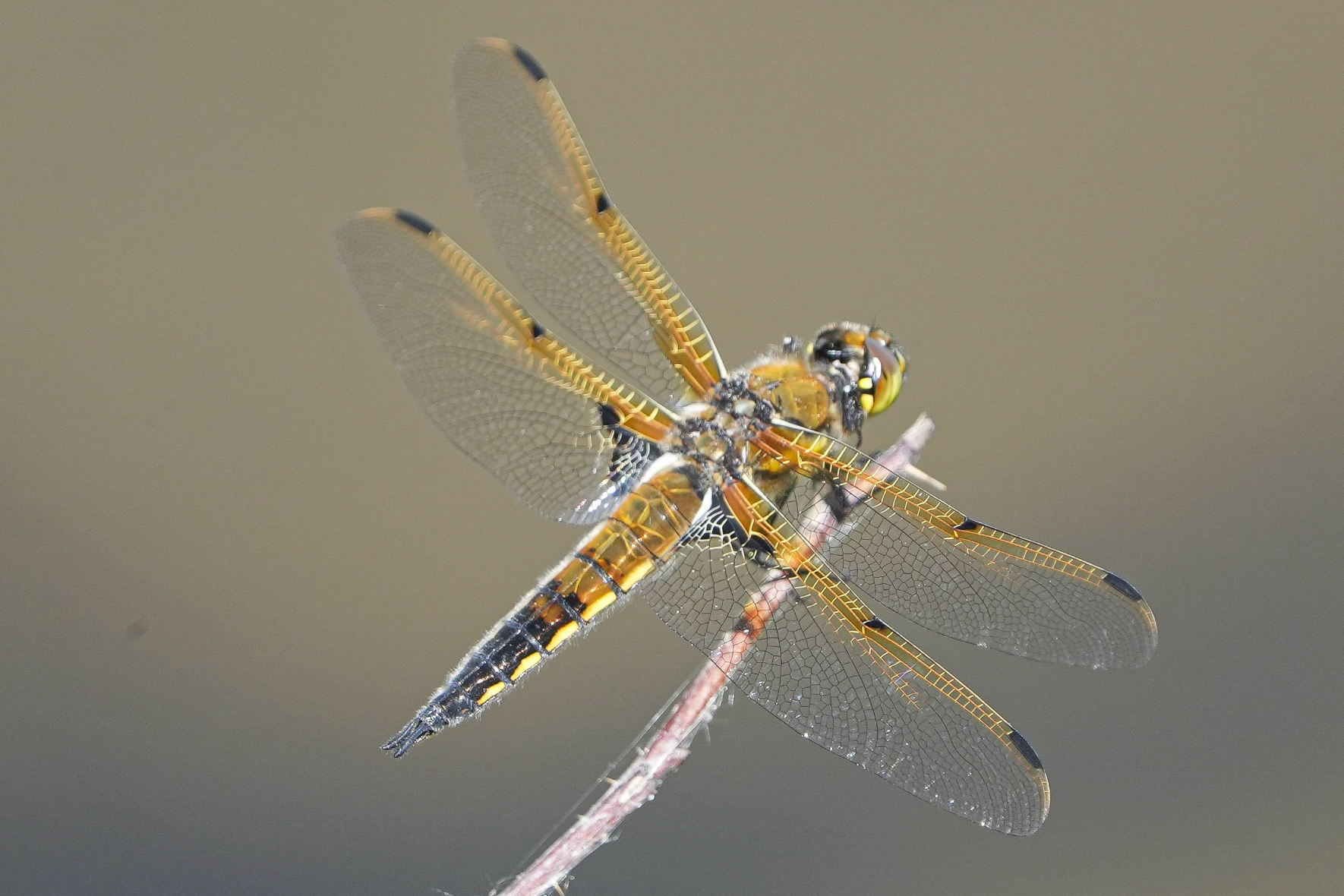
Dragonflies are fast, incredibly agile flyers that can turn 180 degrees in a single wingbeat and make a complete 360-degree turn in 0.05 seconds. Making these extreme aerial maneuvers means that dragonflies need to constantly maintain balance and they do this by pivoting their heads to stay horizontal in response to sudden changes in pitch, roll, and yaw.
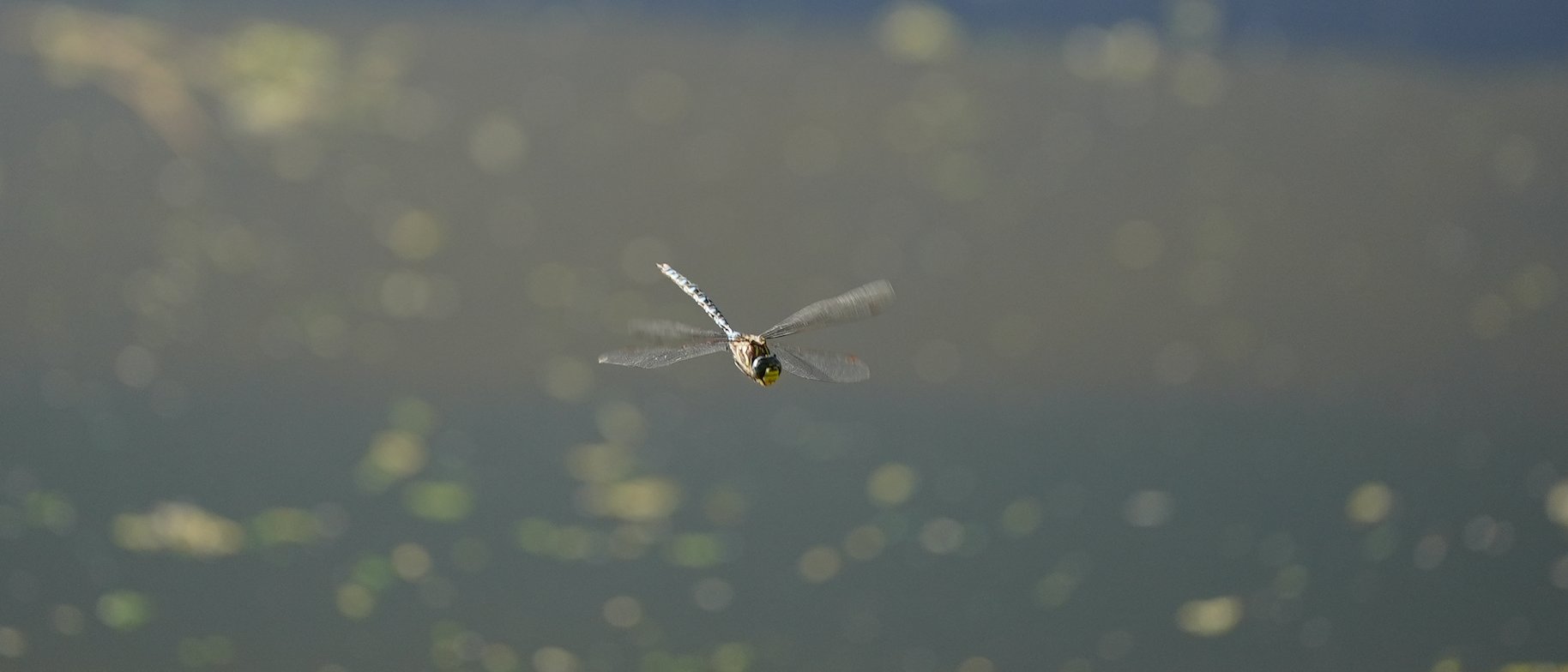
In essence, a thin neck allows a dragonfly's head to double as a specialized gravity organ (a statolith), but it's a tremendous disadvantage when a dragonfly catches food.
A dragonfly hunts by forming a "basket" with its six legs and scooping insects out of the air. It then lifts prey up to its jaws and tears food to pieces by pulling down with its legs while biting and chewing.
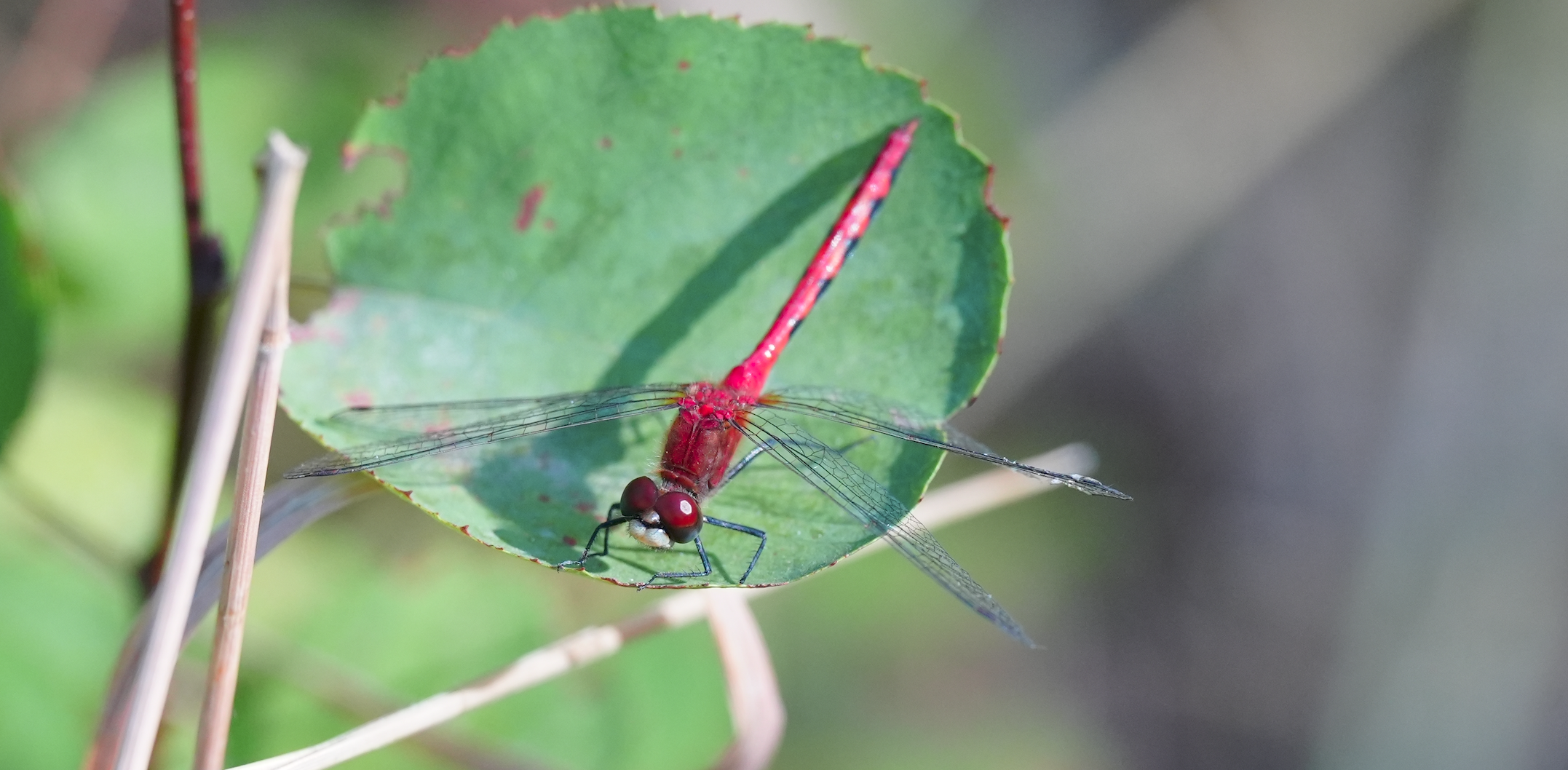
Unfortunately, the force of a dragonfly's front legs pulling down at the same moment that its massive jaws are taking a bite means that it could tear its own head off, so this is when a dragonfly activates its head-arresting system.
On the back of a dragonfly's head, and on the upper part of its neck, a dragonfly has thousands of tiny hairs (microtrichia) with complementary shapes that lock together as a dragonfly pulls its head against its body.
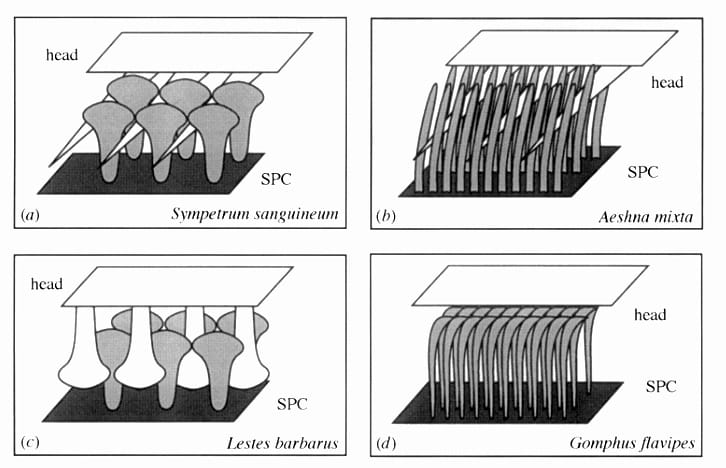
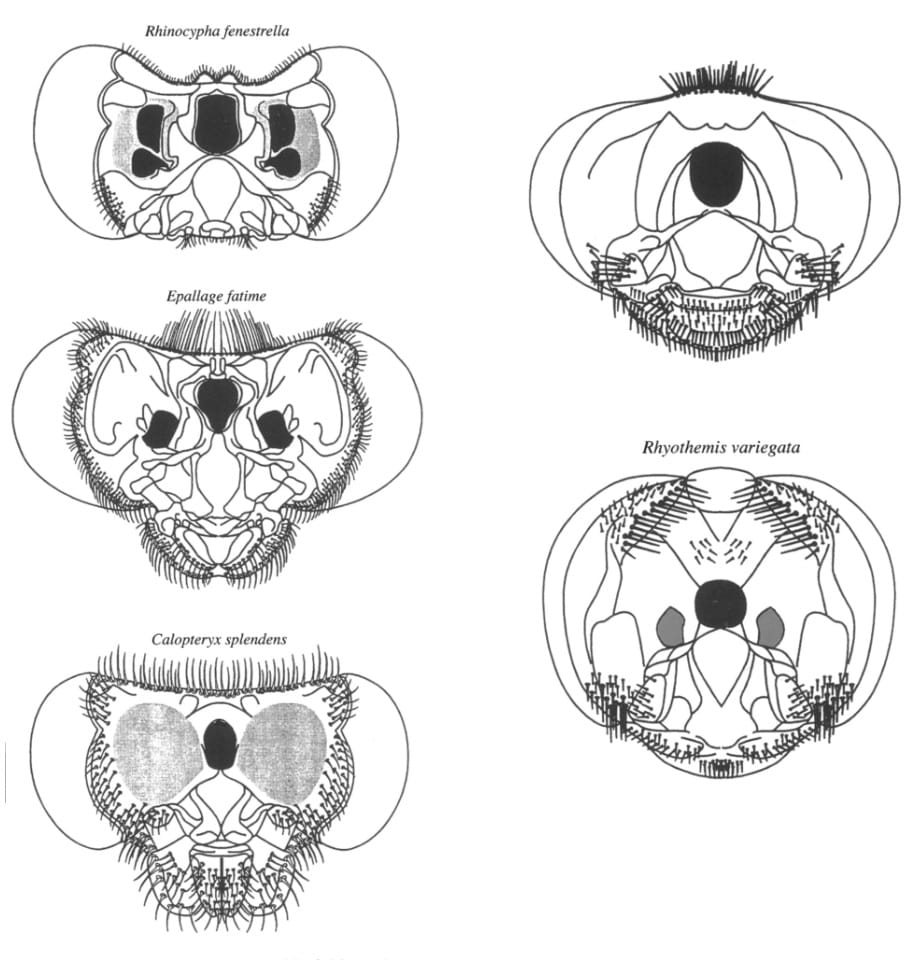
Examples of interlocking microtrichia and their arrangements on the back of the head. Diagrams from Stanislav Gorb, Evolution of the Dragonfly Head-Arresting System. Proceedings: Biological Sciences, Vol. 266, No. 1418 (Mar. 7, 1999), pp. 525-535
This locks a dragonfly's head in place as it eats, but it also cuts off a dragonfly's ability to maneuver so you'll notice that a dragonfly will only glide when it's eating. As soon as it's done eating, a dragonfly extends its head forward again, unlocks the hairs, and resumes complex flight.
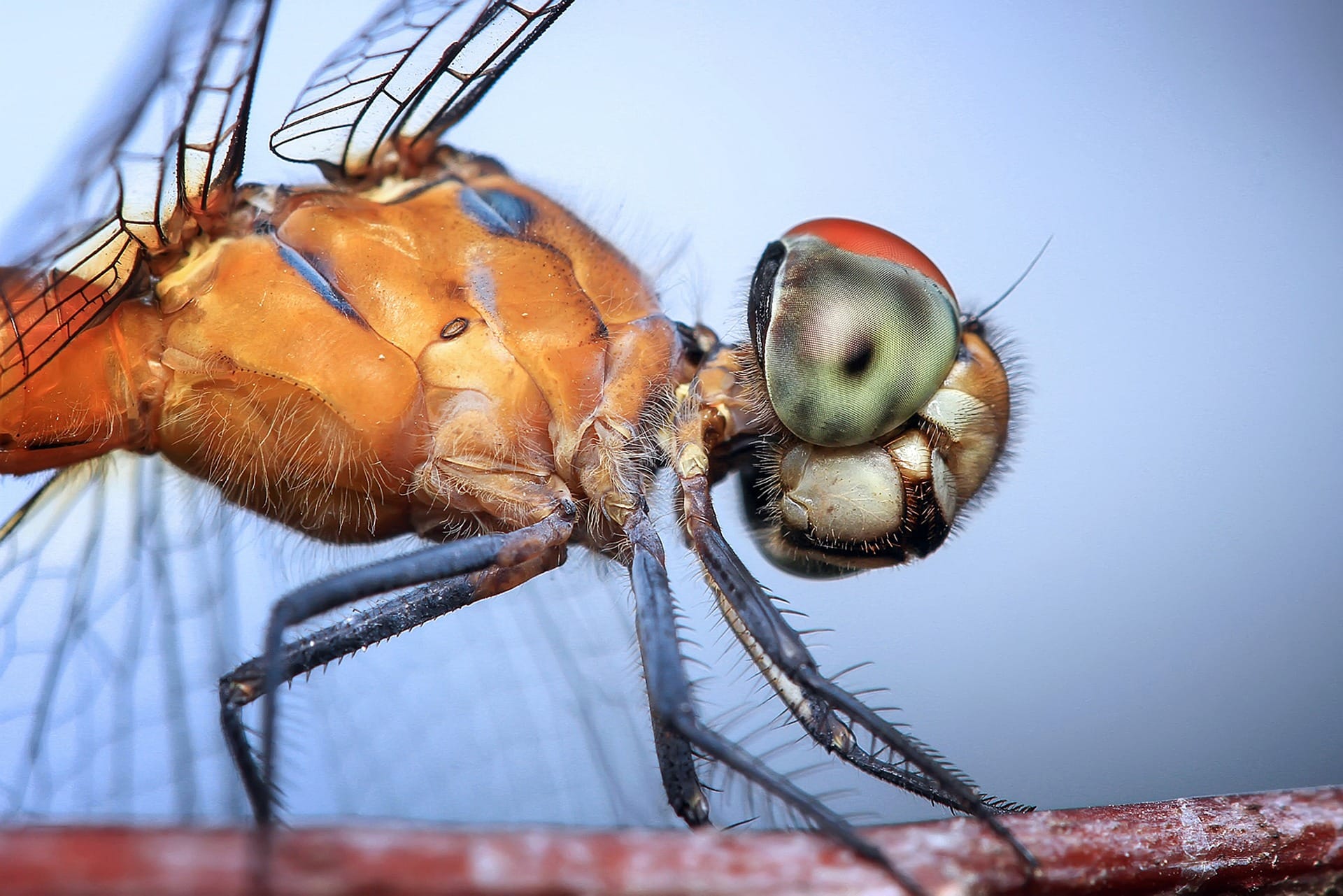
Having a unique head-arresting system that can be locked or unlocked as needed helps dragonflies in other ways too. For example, a dragonfly may want to lock its head in place while perching on a branch and resting. And it's critical during mating, when a male holds a female by her neck and could easily hurt her if the female's head wasn't locked.
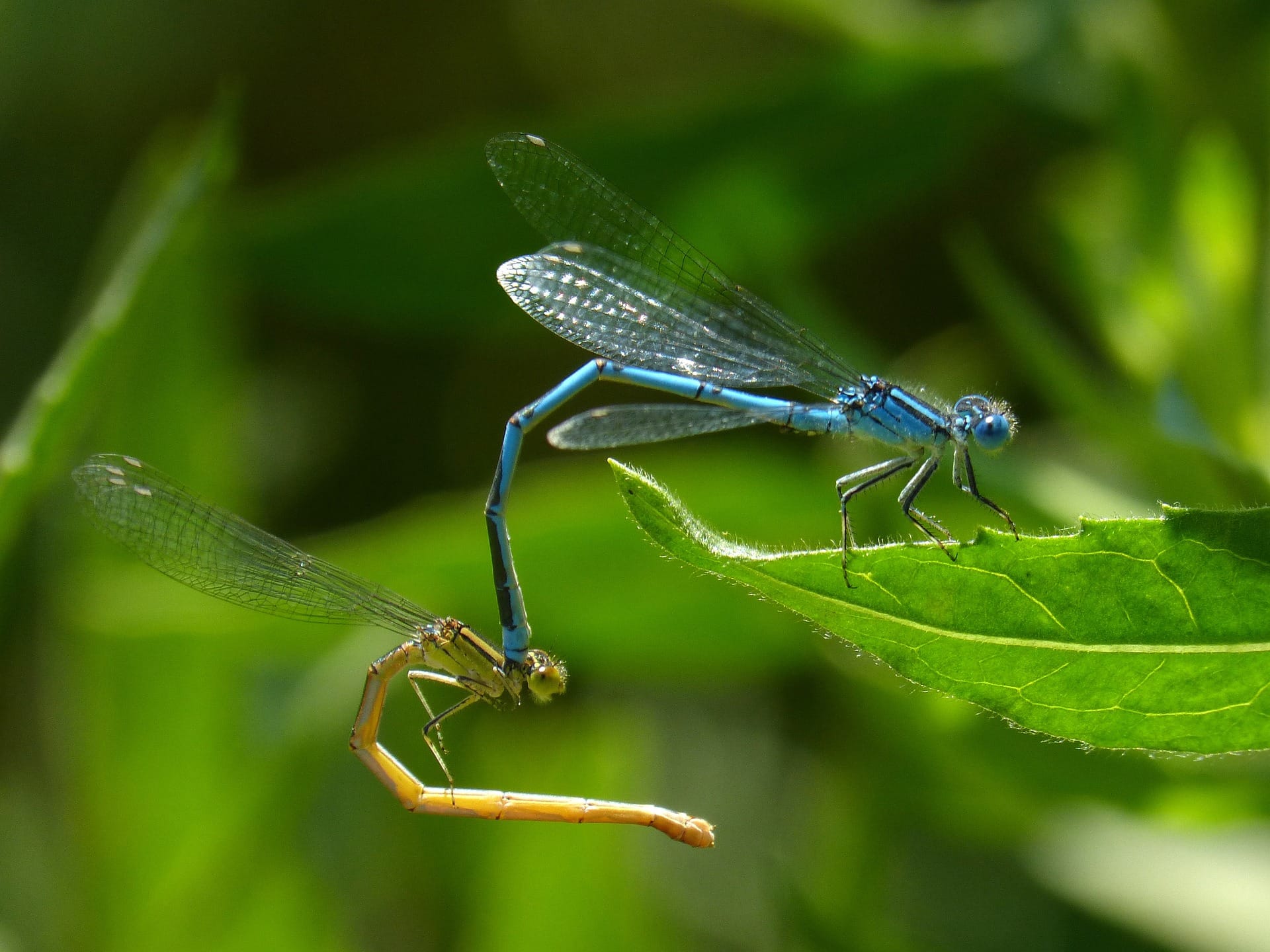
Dragonflies are among the earth's most fascinating animals, and this head-arresting system is a part of their story you may not have heard before.

Member discussion